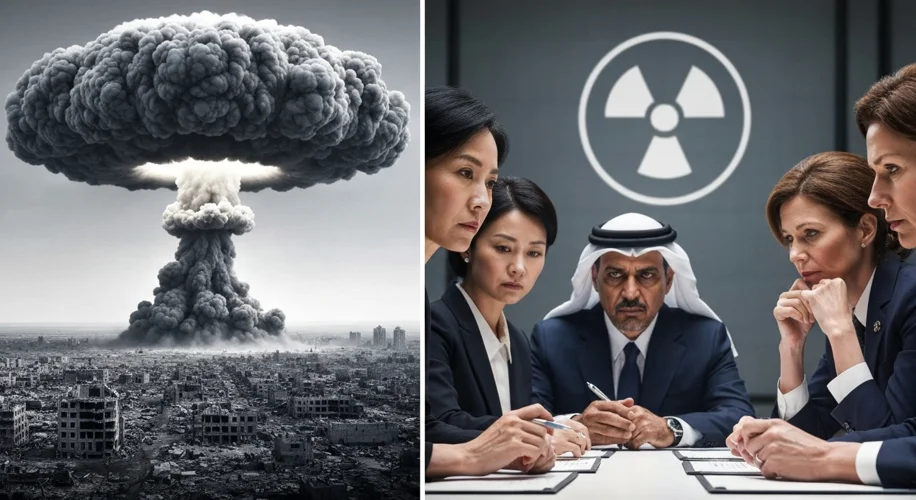The chilling echo of a nation’s statement about nuclear program restrictions expiring reverberates through the corridors of history, a stark reminder of humanity’s ongoing struggle to contain the devastating power of the atom. For decades, the specter of nuclear proliferation has loomed, a constant existential threat born from the ashes of World War II and shaped by the tense geopolitical landscape of the Cold War. The story of nuclear non-proliferation treaties is not merely a tale of treaties and diplomacy; it is a dramatic saga of fear, suspicion, strategic maneuvering, and the desperate, yet crucial, international efforts to prevent the ultimate catastrophe.
The dawn of the nuclear age, marked by the terrifying bombings of Hiroshima and Nagasaki in August 1945, irrevocably altered the course of human history. The sheer destructive power unleashed, capable of leveling entire cities and unleashing a deadly radioactive aftermath, instilled a profound and enduring fear. Suddenly, a new and terrifying dimension was added to international relations – the potential for total annihilation.
In the immediate post-war era, the United States held a near-monopoly on nuclear weapons. However, this exclusivity was short-lived. The Soviet Union detonated its first atomic bomb in 1949, a development that sent shockwaves through the West and ignited the arms race. This bipolarity, the strategic standoff between the US and the USSR, became the defining characteristic of the Cold War. Both superpowers poured vast resources into developing increasingly powerful nuclear arsenals, driven by a doctrine of

